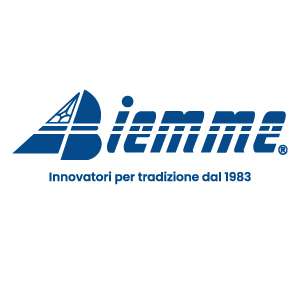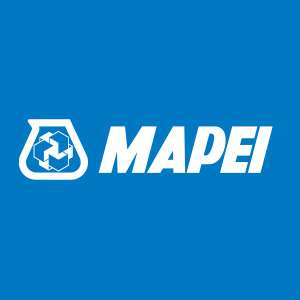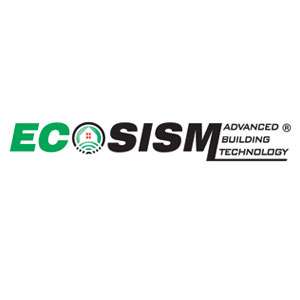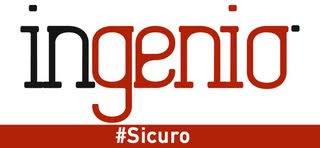Valutazione del rapporto di rigidezza degli Esoscheletri in acciaio attraverso una progettazione ottimale basata sulle prestazioni
Attraverso un’analisi di sensibilità e un confronto con le normative, emergono differenze significative nell’uso della rigidezza come parametro progettuale.
Tra le varie tecniche di adeguamento sismico, gli esoscheletri in acciaio si distinguono per la loro natura non invasiva. Tuttavia, solo poche metodologie consolidate sono state proposte per la loro progettazione. L'approccio di diverse normative si basa sulla classificazione degli elementi in base alla loro rigidezza relativa. In questo modo, il rapporto tra la rigidezza degli esoscheletri e quella dell'edificio è considerato il principale parametro di progettazione. In questo studio, un approccio performance-based è stato utilizzato per il disegno, con il drift di interpiano dell'edificio come obiettivo prestazionale. È stata condotta un'analisi di sensibilità per valutare l'impatto di diverse soglie di drift di interpiano sul comportamento strutturale del sistema edificio-esoscheletro. Per ogni soglia, è stato condotto un processo di ottimizzazione per identificare il numero ottimale di esoscheletri, il loro posizionamento intorno all'edificio e le dimensioni dei loro elementi. Finalmente, sono stati determinati i rapporti di rigidezza per ogni configurazione ottimale e sono stati confrontati con la soglia prevista dalla normativa. Da questo confronto sono emersi spunti interessanti sulle differenze tra gli approcci.
Among the various seismic retrofitting techniques, steel exoskeletons are distinguished by their non-invasive nature. However, only a few consolidated methodologies have been proposed for their design. The approach of several standard codes is based on the classification of elements according to their relative stiffness. In this way, a ratio between the stiffness of the exoskeletons and that of the building is taken as the main design parameter. In this study, a performance-based design approach was employed, with the inter-story drift of the building as the performance target. A sensitivity analysis was conducted to assess the impact of different inter-story drift thresholds on the structural behavior of the building-exoskeleton system. For each threshold, an optimization process was conducted to identify the optimal number of exoskeletons, their placement around the building, and the dimensions of their elements. Finally, the stiffness ratios were deter- mined for each optimal configuration and were compared to the threshold provided by the regulations. This comparison yielded interesting insights into the differences in the approaches.
Evaluating Stiffness Requirements in Steel Exoskeleton Seismic Retrofitting
In recent decades, steel exoskeletons have emerged as a promising solution for seismic retrofitting of reinforced concrete (RC) buildings. In Europe, several buildings have been designed with outdated standards, without considering provisions to resist seismic excitation. Moreover, the majority of these buildings have surpassed their design lifespan, resulting in durability issues and posing a potential safety hazard.
In this context where a great number of interventions are needed, the advantages of employing steel exoskeletons for retrofitting become crucial even if a proper design of the pile foundations is needed. The application of the exoskeleton from the exterior of the building pre- vents the interruption of the structure's use, avoiding downtime losses and relocation of in- habitants, thus reducing construction times and costs.
These structures increase the stiffness of the system against horizontal actions, thereby bearing a part of the seismic action and unloading the buildings.
The European standard regulation Eurocode8 and the Italian NTC18 provide guidelines that can be useful when designing interventions with exoskeletons. A classification of the structure's elements into primary and secondary is proposed based on their stiffness. Secondary elements are not required to meet the resistance requirements for horizontal actions generated by the seismic excitation.
Nevertheless, the total contribution of the secondary elements to the stiffness and resistance to horizontal actions cannot exceed 15% of the analogous contribution of the primary elements. Moreover, due to the lack of knowledge about the stress distribution in the existing building, practitioners who follow this approach are often constrained to consider the entire existing structure as secondary. Consequently, in order to comply with the code provisions, the exoskeletons must have a stiffness of at least Ksyst / Kstr = 100 / 15 = 6.67 times that of the exist- ing structure, where Ksyst is the horizontal stiffness of the system (building and exoskeletons) and Kstr is that of the building.
This raises the question of whether the stiffness ratio approach is the sole or most efficient method for ensuring the safety of the structure. In this study, a performance-based design approach was employed, with the inter-story drift of the building as the performance target.
A sensitivity analysis was conducted to assess the impact of different inter-story drift thresholds on the structural behavior of the building-exoskeleton system. For each threshold, an optimization process was conducted to identify the optimal number of exoskeletons, their placement around the building, and the dimensions of their elements. The optimization tool aims to minimize the weight of the exoskeletons while respecting two constraints: the inter-story drift threshold and the structural verifications of the exoskeleton elements. Subsequently, the stiffness ratios were determined for each optimal configuration and were compared to the threshold provided by the regulations.
...Continua a leggere nel PDF in allegato.
L'intera memoria è in lingua inglese.
La presente relazione è stata presentata in occasione del XXIX Congresso CTA, svoltosi a Milano il 26 e 27 settembre 2024.

Calcestruzzo Armato
Esplora la guida completa sul calcestruzzo e sul calcestruzzo armato, due elementi fondamentali nell'edilizia. Scopri le composizioni, come l'integrazione di fibre metalliche e polimeriche, e le ultime innovazioni che migliorano le proprietà strutturali. Aggiorna le tue conoscenze sui materiali cementizi per una comprensione avanzata e applicazioni ottimali.
Costruzioni Metalliche
Le costruzioni metalliche rappresentano una scelta strategica per strutture leggere, sicure, resistenti e sostenibili. Scopri su INGENIO tecniche, norme e soluzioni per progettare con l’acciaio.

Edilizia
Esplora il mondo dell'edilizia, il settore dedicato alla progettazione, costruzione, ristrutturazione e manutenzione di edifici e infrastrutture. Scopri come la normativa italiana, come il Testo Unico dell'Edilizia (D.P.R. 380/2001) e le Normative Tecniche per le Costruzioni (NTC), regolano le pratiche edilizie per garantire sicurezza e qualità. Approfondisci il significato etimologico del termine "edilizia" e come le leggi locali e regionali influenzano la costruzione e gestione degli immobili.

Esoscheletro
Gli esoscheletri sono al centro dell’innovazione edilizia: dispositivi per l’ergonomia dei lavoratori e sistemi strutturali esterni per edifici resilienti e sostenibili. Scopri gli approfondimenti su INGENIO.

Miglioramento sismico
Area di Ingenio dedicata tema degli interventi di miglioramento sismico delle strutture: normativa vigente, modalità e tecnologie di intervento nonché casi applicativi

Sicurezza
Gli approfondimenti e le news riguardanti il tema della sicurezza intesa sia come strutturale, antincendio, sul lavoro, ambientale, informatica, ecc.
Condividi su: Facebook LinkedIn Twitter WhatsApp


